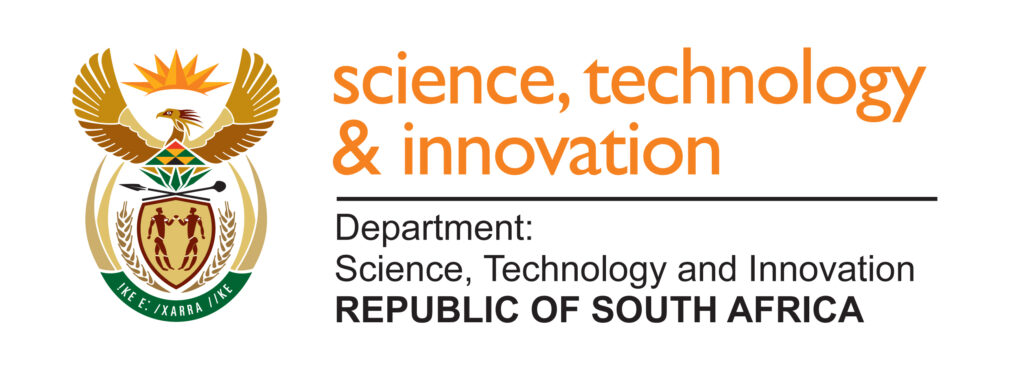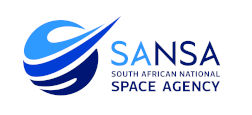Space Science
- SANSA
- Programmes
- Space Science
SANSA Space Science Programme
The South African National Space Agency’s (SANSA) Space Science Programme operates Africa’s leading space science and space weather research facility. The site’s rich history dates back to 1941, when the magnetic observatory was relocated from the University of Cape Town to Hermanus to escape interference from Cape Town’s growing electric railway system. Known for decades as the Hermanus Magnetic Observatory (HMO), the facility became a cornerstone of geomagnetic research in the Southern Hemisphere. In 2011, it was formally incorporated into SANSA, evolving into the Space Science Programme. Built on the foundation of the HMO, the programme continues to uphold its legacy of precision and scientific excellence. Operating from a magnetically clean site, the facility is ideal for conducting sensitive magnetic measurements. Today, SANSA Hermanus is home to approximately 100 staff members, including scientists, engineers, educators, and administrators, working across multiple disciplines to support space research, technology development, and science advancement.
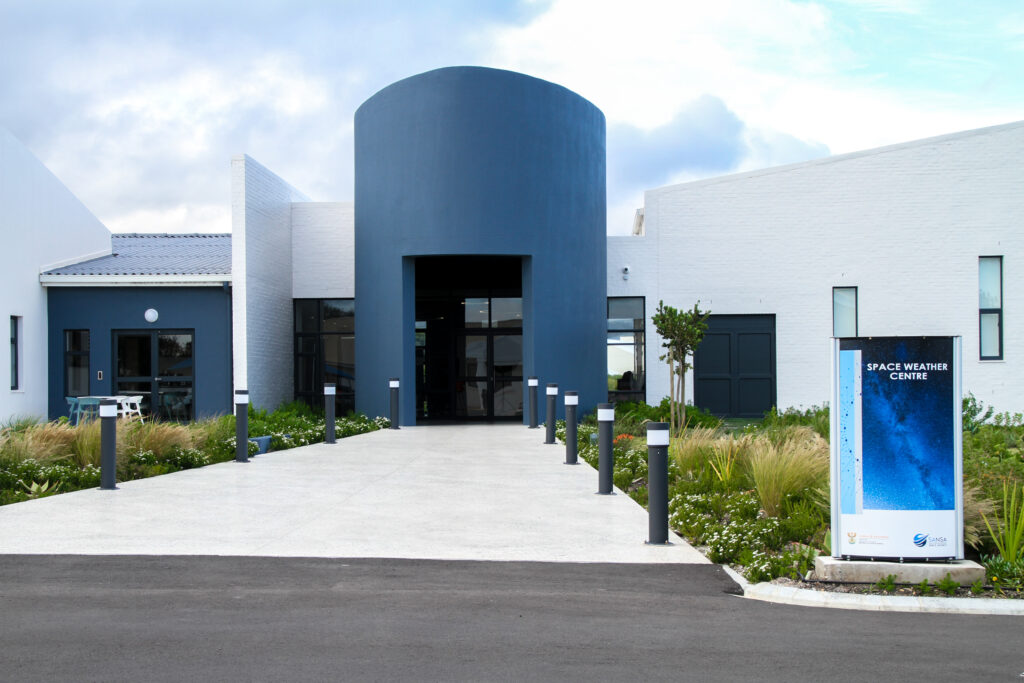
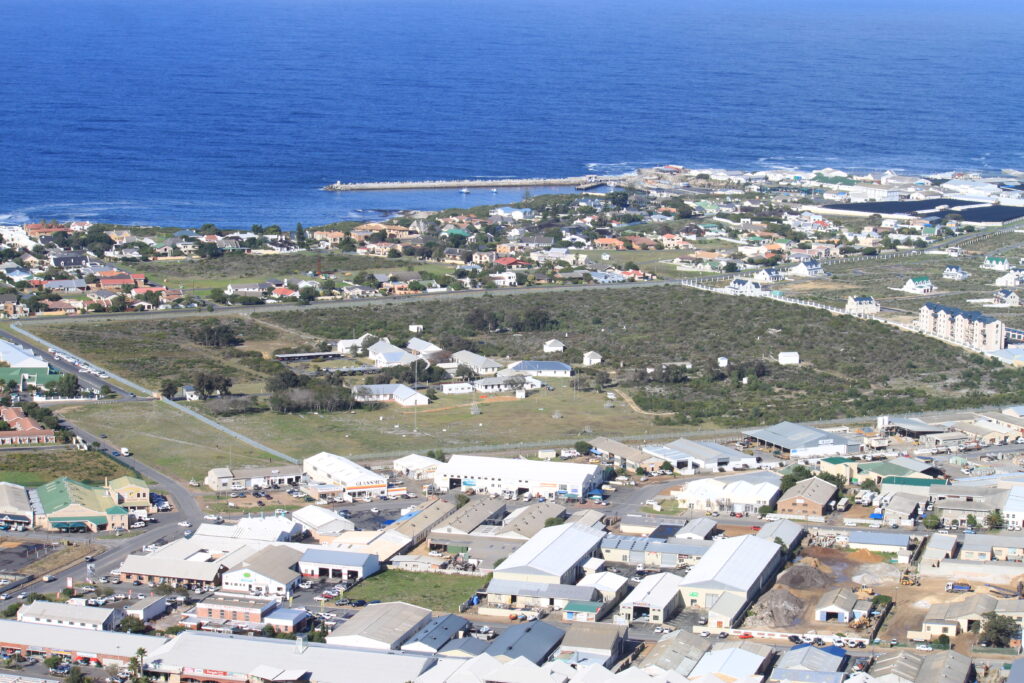
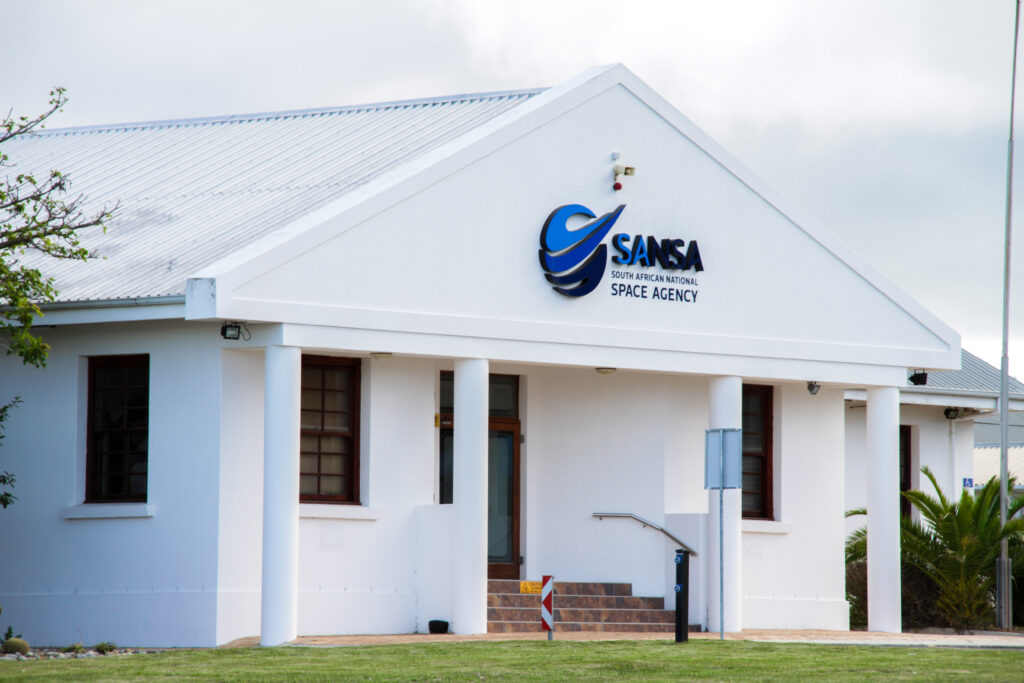
Space Weather Monitoring: Africa’s First 24/7 Centre
At the heart of SANSA Hermanus is the continent’s only 24/7 operational Space Weather Centre. Established in its earliest form in 2007 and officially launched as Africa’s first regional Space Weather Warning Centre in 2010, the facility has undergone significant upgrades—including a major expansion in 2018. In November 2022, SANSA unveiled its fully operational, state-of-the-art Space Weather Centre, marking a new era in monitoring solar activity and protecting based technological systems. Designated by the International Civil Aviation Organization (ICAO) as a regional space weather centre for aviation, SANSA provides vital forecasts, alerts, and data to mitigate the impact of space weather on communication systems, GPS navigation, satellites, and power infrastructure. The centre supports a wide range of users.
Engineering, Instrumentation, and Magnetic Technology
SANSA operates an extensive network of over 80 scientific instruments across 20 sites in South Africa, the Southern Ocean, and Antarctica—with plans for continued expansion across the African continent. These instruments gather data on the Earth’s magnetic field, ionospheric disturbances, atmospheric changes, and high-energy particle precipitation. Key instruments include GNSS receivers, magnetometers, ionosondes, riometers, VLF receivers, and unique tools like the SuperDARN radar in Antarctica. This radar is part of a global network monitoring ionospheric plasma convection. SANSA also uses Fabry-Perot interferometers and airglow imagers to study atmospheric dynamics such as gravity waves and thermospheric winds. The Applied Science and Technology unit applies this research to real-world solutions, developing magnetic technologies for use on aircraft, spacecraft, ships, and drones. The facility is a national leader in magnetic sensor calibration and compass correction services, essential for aviation and maritime safety.
Scientific Research and Global Collaboration
SANSA’s Research team leads fundamental and applied research in space science. With 11 PhD-level researchers and 11 professional space weather forecasters, the unit produces internationally recognised work in fields such as: Solar-terrestrial interactions, Plasma physics and ionospheric dynamics, Radio wave propagation and scintillation modelling, Geomagnetic storms and field modelling, Particle precipitation and atmospheric discharges. Researchers are encouraged to pursue both blue-sky science and mission-driven research, including the development of space weather data products. SANSA maintains strong international ties, contributing data and expertise to global networks like the Super Dual Auroral Radar Network (SuperDARN), the International Space Environment Service (ISES), InterMagnet, and the Global Ionospheric Radio Observatory (DIDBase). Much of SANSA’s observational data is available through the South African National Geophysical Data and Instrumentation Management System (SANDIMS).
Inspiring Future Scientists
Outreach and education are central to SANSA’s mission. The on-site Science Centre in Hermanus attracts more than 25,000 learners each year, offering hands-on exhibits and educational activities in science, technology, engineering, and mathematics (STEM). The Science Engagement Unit supports schools with mobile science labs, classroom visits, and educator training, especially in under-resourced communities. Public tours of the facility take place every Wednesday at 11:00, offering visitors a behind-the-scenes look at SANSA’s work—from real-time space weather monitoring to cutting-edge engineering labs and interactive science exhibits. The tours conclude at the SANSA Science Centre, a hub of learning and inspiration for students, teachers, and the general public.
From its humble beginnings as a magnetic observatory over 80 years ago, SANSA Hermanus has grown into a continental leader in space science. With its advanced infrastructure, multidisciplinary expertise, and commitment to public engagement, the SANSA Space Science Programme plays a vital role in global research, technological innovation, and science education—right from the southern tip of Africa.

